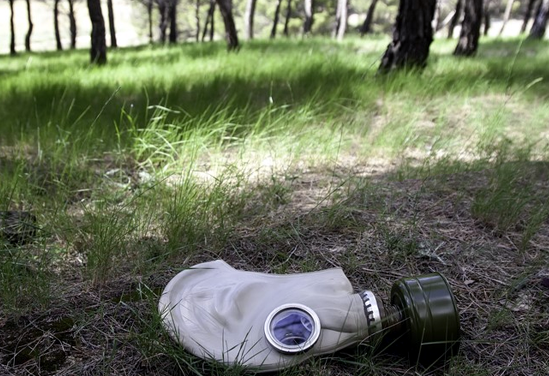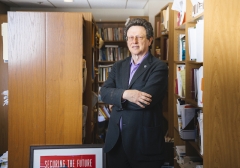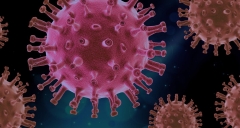CNS Director Bill Potter Elected to Russian Academy of Sciences
| by Rhianna Kreger
Middlebury Institute Professor William C. Potter, founding director of the Institute’s James Martin Center for Nonproliferation Studies, was elected last week as a Foreign Member to the Russian Academy of Sciences section on Global Issues and International Relations.




